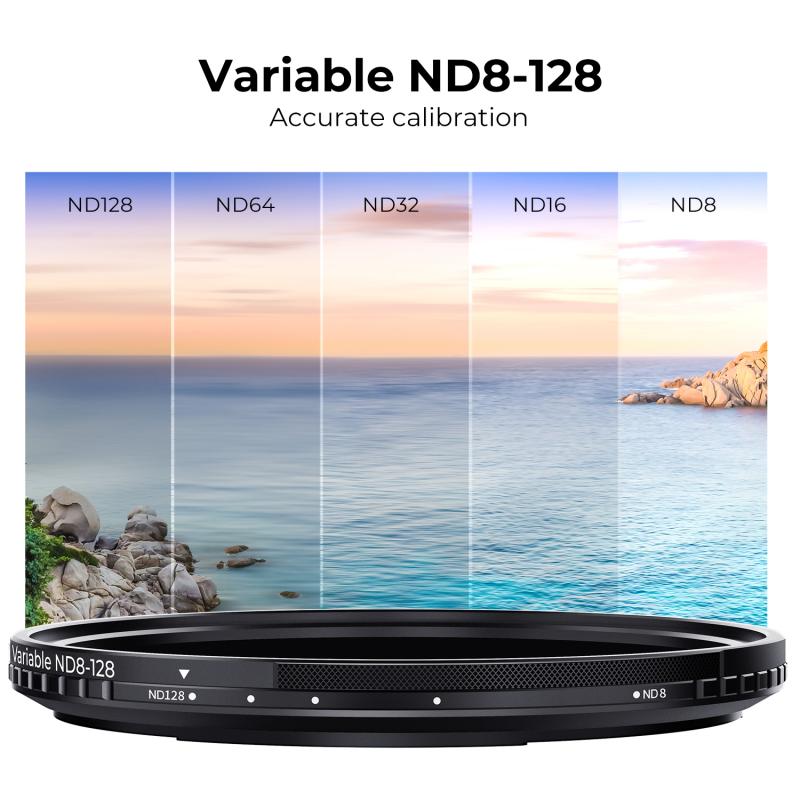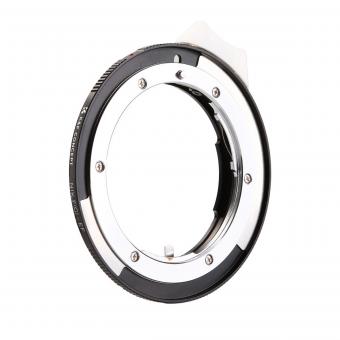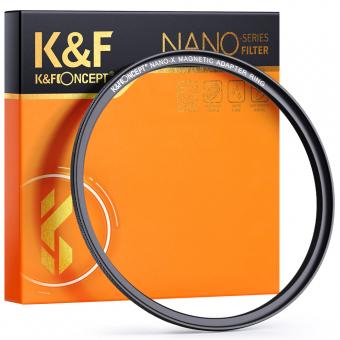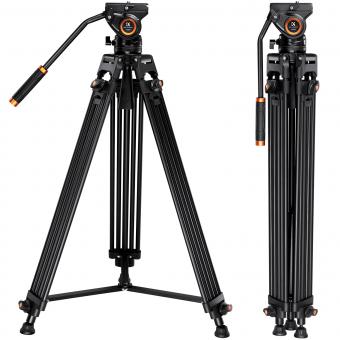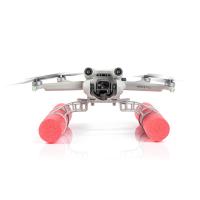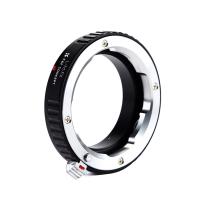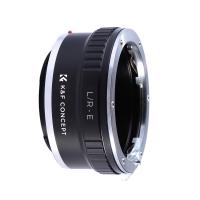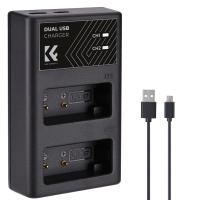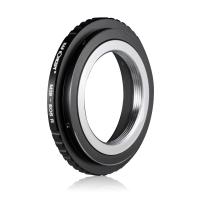Where To Fit Magnetic Filter ?
A magnetic filter is typically installed in the heating system of a building, specifically in the pipework. It is commonly fitted near the boiler or in the return pipe, before the water enters the boiler. The purpose of a magnetic filter is to remove magnetic particles and debris from the system, preventing them from causing damage to the boiler or other components. By fitting the magnetic filter in the correct location, it can effectively capture and remove these particles, improving the overall efficiency and lifespan of the heating system.
1、 Industrial Applications of Magnetic Filters
Magnetic filters are widely used in various industrial applications to remove ferrous contaminants from liquids and gases. These filters are designed to attract and capture magnetic particles, preventing them from causing damage to equipment or affecting the quality of the product being processed.
In industrial applications, magnetic filters can be fitted in different locations depending on the specific requirements of the process. One common location is at the inlet of a pump or a pipeline. By placing the magnetic filter at the beginning of the system, it can effectively capture any ferrous particles before they enter the equipment or pipeline, thus preventing clogging or damage to downstream components.
Another suitable location for magnetic filters is in the coolant systems of machinery such as grinding machines, milling machines, or lathes. These filters can efficiently remove metal chips or fines from the coolant, ensuring the coolant remains clean and free from contaminants. This helps to improve the performance and longevity of the machinery, as well as maintain the quality of the finished product.
In recent years, there has been an increasing trend towards the use of magnetic filters in the food and beverage industry. These filters can be installed in processing lines to remove metal contaminants from raw materials or finished products. This is particularly important in industries such as food processing, where even small traces of metal can pose a serious health risk to consumers. Magnetic filters provide an effective solution for ensuring product safety and quality.
In conclusion, the fitting of magnetic filters in industrial applications depends on the specific needs of the process. However, common locations include the inlet of pumps or pipelines, coolant systems of machinery, and processing lines in the food and beverage industry. The latest point of view emphasizes the importance of magnetic filters in ensuring product safety and quality, particularly in industries where contamination can have severe consequences.

2、 Magnetic Filters in HVAC Systems
Magnetic filters in HVAC systems are typically installed in the return air ducts or near the air handling unit. These filters are designed to capture and remove ferrous particles, such as iron and steel, from the air stream. By doing so, they help improve the overall air quality and prevent these particles from circulating throughout the system.
The placement of magnetic filters is crucial to their effectiveness. They should be installed in a location where the air flow is relatively slow, allowing the particles to settle and be captured by the magnetic field. Placing the filter in the return air ducts ensures that the air passing through it is filtered before entering the system. This helps protect the components of the HVAC system, such as coils and fans, from potential damage caused by the accumulation of ferrous particles.
In recent years, there has been a growing interest in the use of magnetic filters in HVAC systems due to their potential benefits. Research has shown that these filters can help improve energy efficiency by reducing the build-up of contaminants on heat transfer surfaces. This, in turn, can lead to lower energy consumption and improved system performance.
Additionally, magnetic filters can also help extend the lifespan of HVAC equipment by preventing the accumulation of debris and reducing the need for frequent cleaning and maintenance. This can result in cost savings for building owners and operators.
In conclusion, magnetic filters in HVAC systems should be installed in the return air ducts or near the air handling unit to effectively capture and remove ferrous particles from the air stream. Their placement in these locations helps improve air quality, protect system components, and potentially enhance energy efficiency and equipment lifespan.
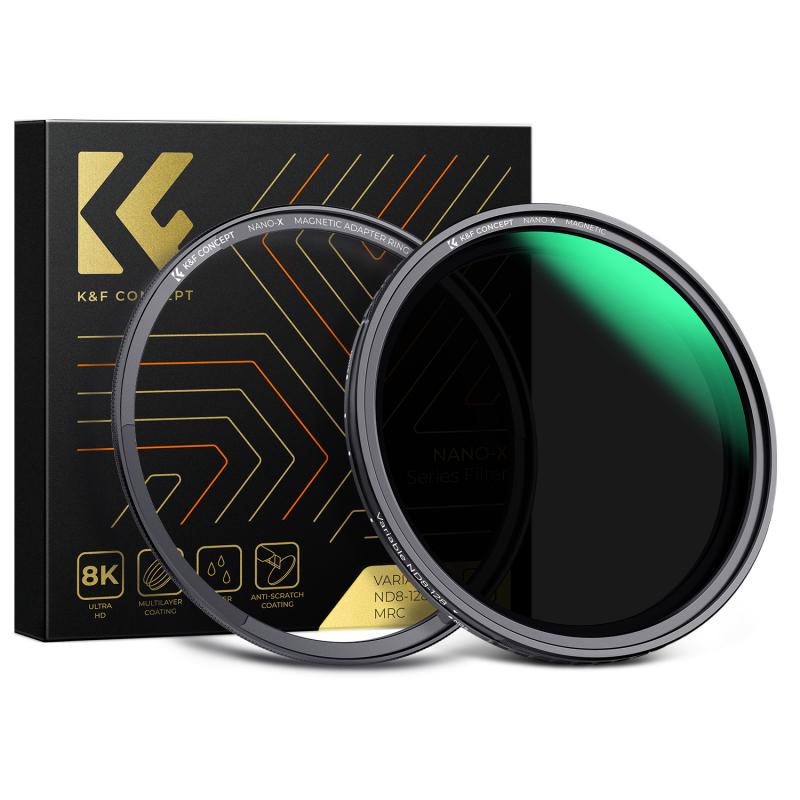
3、 Magnetic Filters for Water Treatment
Magnetic filters for water treatment are an effective solution for removing iron, manganese, and other contaminants from water. These filters use powerful magnets to attract and capture the particles, preventing them from entering the water supply.
When it comes to where to fit magnetic filters, there are a few key considerations. Firstly, it is important to install the filter at a point where the water flow is relatively slow. This allows the magnetic field to have sufficient time to attract and capture the contaminants. Installing the filter at a point where the water enters the property, such as at the main water supply line, is often recommended.
Additionally, it is crucial to ensure that the filter is installed in a location that is easily accessible for maintenance and cleaning. Regular maintenance is necessary to remove the accumulated contaminants from the filter and ensure its optimal performance. Therefore, placing the filter in a convenient location, such as near the water meter or in a utility room, is advisable.
Furthermore, the size of the magnetic filter should be chosen based on the flow rate and the level of contamination in the water. It is essential to select a filter that can handle the expected flow rate and effectively capture the contaminants. Consulting with a water treatment professional can help determine the appropriate size and location for the magnetic filter.
In recent years, there has been a growing interest in using magnetic filters in combination with other water treatment technologies, such as reverse osmosis or activated carbon filters. This integrated approach can provide enhanced water purification and improve overall water quality.
In conclusion, magnetic filters for water treatment should be installed at a point where the water flow is slow, easily accessible for maintenance, and chosen based on the flow rate and contamination level. Considering the latest point of view, integrating magnetic filters with other water treatment technologies can offer even better results in terms of water purification.
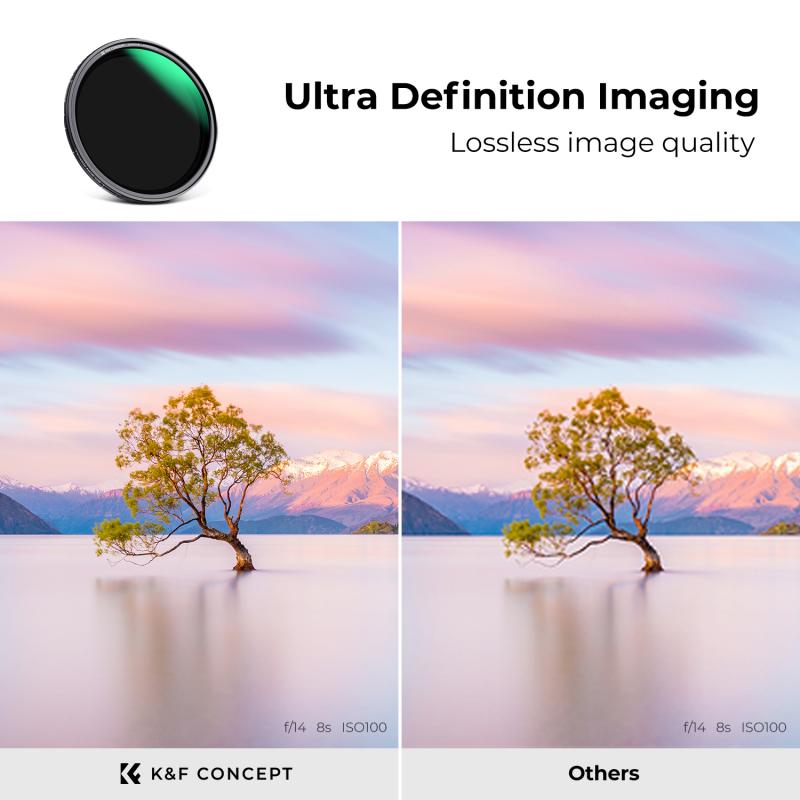
4、 Magnetic Filters in Automotive Industry
In the automotive industry, magnetic filters play a crucial role in maintaining the efficiency and longevity of various components. These filters are designed to capture and remove metallic particles and debris from the lubricating oil, coolant, and fuel systems. The question of where to fit magnetic filters depends on the specific application and the components they are intended to protect.
In the lubricating oil system, magnetic filters are typically installed in the oil pan or sump. This allows them to capture ferrous particles that may have been generated by the engine's moving parts. By removing these particles, the filter helps to prevent wear and tear on critical engine components such as bearings, pistons, and cylinders. Additionally, magnetic filters can be placed in the oil filter housing to provide an additional layer of protection.
In the coolant system, magnetic filters are commonly installed in the radiator or coolant reservoir. They help to remove ferrous particles that may have entered the system through corrosion or wear of components like water pumps or radiators. By preventing these particles from circulating, the filter helps to maintain the cooling efficiency of the engine and prevent clogging of the cooling passages.
In the fuel system, magnetic filters can be placed in various locations such as the fuel tank, fuel lines, or fuel injectors. They are effective in capturing metallic particles that may have entered the system during fuel production, transportation, or storage. By preventing these particles from reaching the fuel injectors, the filter helps to maintain their proper functioning and prevent clogging.
It is worth mentioning that the latest point of view in the automotive industry is to integrate magnetic filters into the design of components themselves. For example, some manufacturers are incorporating magnetic filters directly into the oil pump or fuel pump. This approach ensures that the filtration process is more efficient and reduces the risk of particles bypassing the filter.
In conclusion, the placement of magnetic filters in the automotive industry depends on the specific application and the components they are intended to protect. Whether installed in the oil system, coolant system, or fuel system, these filters play a vital role in maintaining the efficiency and longevity of automotive components. The latest trend is to integrate magnetic filters into the design of components for improved filtration efficiency.
